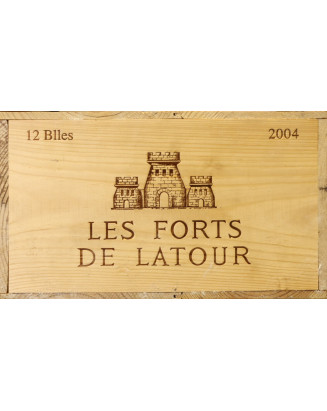



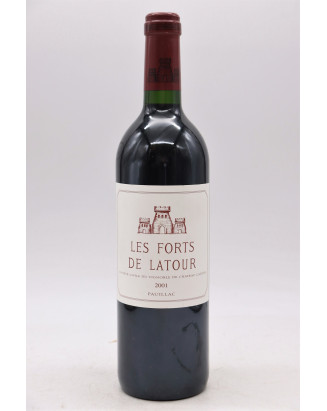
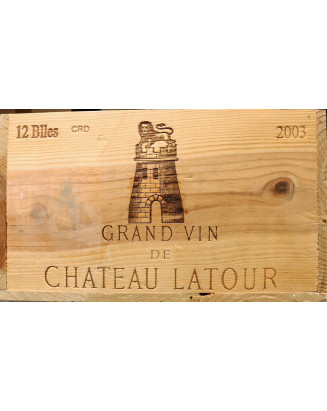

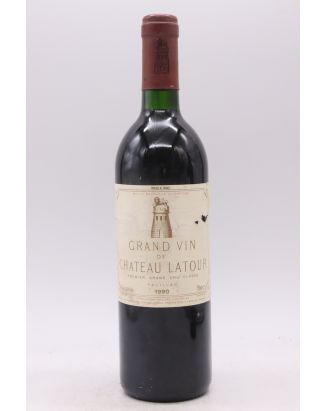
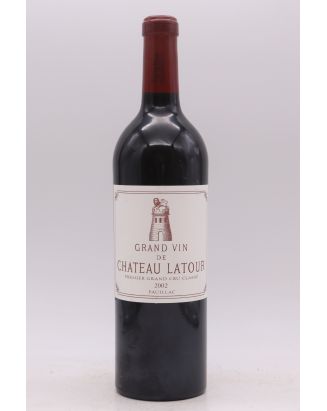









The history of Château Latour dates back to the early 14th century. The oldest document referencing the Château is from 1331, mentioning permission to build a fortified tower in the parish of Saint-Maubert. During the Hundred Years' War, this "Tour de Saint-Maubert" was a strategic stronghold, marking the beginning of this exceptional place's history.
Château Latour remained a co-seigneury for several centuries, with its lands cultivated by farmers. It wasn't until the late 17th century that the Château's wine-growing vocation truly began. Alexandre de Ségur, who acquired Château Latour in the early 18th century, marked the turning point towards a great viticultural history. Nicknamed the "Prince of Vines", his son Nicolas-Alexandre de Ségur was known for expanding and modernising the family's estates, including Lafite and Mouton.
Over the centuries, Château Latour gained an international reputation, particularly due to the growing demand for fine wines in England during the 18th century. In 1855, the Château was classified as a Premier Grand Cru, confirming its place among the world's best wines. Today, under the impetus of François Pinault, owner since 1993, Château Latour continues its ascent towards excellence, with meticulous attention to quality and respect for its terroir.
Château Latour has won over Robert Parker with exceptional vintages such as 2016, 1961, 2010, 2003, 1982, 2009 and 2018, all rated 100/100. The 2019 and 2020 vintages follow close behind with 99/100, and the 2005, 1959, 1949 and 1899 are rated 98/100.
Château Latour's terroir is unique, contributing significantly to the exceptional quality of its wines. Located on gravelly ridges, the vineyard overlooks the Gironde estuary, benefiting from a mild microclimate conducive to optimal grape ripening.
The vineyard spans 96.5 hectares, of which 47 hectares are situated in a historic plot called "l'Enclos". This Enclos is at the heart of Château Latour's terroir, with soil composed of clayey gravel and gravelly sand, promoting deep rooting of the vines, some reaching up to 3 metres. These pedological characteristics allow the vines to withstand periods of drought while ensuring slow and regular ripening of the grapes, even during difficult vintages.
The estate's grape varieties consist mainly of Cabernet Sauvignon (76%), with proportions of Merlot (22%) and a touch of Petit Verdot (2%). These varieties are carefully cultivated and maintained through sustainable viticultural practices. Since 2015, Château Latour has been certified organic, an approach reinforced by the introduction of biodynamic principles to improve biodiversity and soil health.
Winemaking at Château Latour is the result of ancestral know-how combined with modern techniques. Upon arrival at the winery, the grapes are destemmed and meticulously sorted before being transferred to temperature-controlled stainless steel vats, allowing precise control of fermentation temperatures.
Malolactic fermentation then takes place in barrels or vats, an essential process to soften the wine and give it more roundness. Ageing continues in French oak barrels for about 18 months, during which time the wine is regularly racked and clarified to preserve its purity and aromatic potential. The barrels are renewed each year, ensuring a fine and elegant woodiness that respects the fruity character of the wines.
Blending is a key step in creating the cuvées. The different batches of wine from the various plots of the Château are tasted and carefully selected to create wines of great harmony and complexity.
Château Latour produces three main cuvées, each reflecting the exceptional terroir of the estate:
Le Grand Vin de Château Latour: Produced from the oldest vines of the Enclos, this exceptional wine is distinguished by its power, finesse, and extraordinary ageing potential. Made primarily from Cabernet Sauvignon, it is the ultimate expression of the Latour terroir.
Les Forts de Latour: The estate's second wine, produced from vines located outside the Enclos and young vines from the Enclos. Less structured than the Grand Vin, it nevertheless offers great depth and complexity, with impressive ageing capacity.
Le Pauillac de Château Latour: The estate's third wine, produced from younger vines, offers a more accessible approach while retaining the racy and refined style characteristic of Château Latour.
Château Latour has produced numerous legendary vintages that have marked the Château's history. Here is a selection of particularly remarkable vintages to discover: 1945, 1961, 1982, 1996, 2000, 2005, 2009, 2010, and 2017.
In addition to Château Latour, the Médoc region is home to several other exceptional Châteaux that deserve the attention of fine wine enthusiasts. Among them, Château Lafite-Rothschild, Château Margaux, Château Mouton-Rothschild, and Château Haut-Brion stand out for their history, unique terroir, and remarkable quality of their wines. These prestigious châteaux are all classified as First Growth in the famous 1855 Bordeaux wine classification, recognising their excellence and unrivalled status in the wine world.
Château Latour continues to fascinate wine lovers around the world thanks to its exceptional terroir, rich history, and wines of incomparable quality. Whether through its Grand Vin, Les Forts de Latour, or Le Pauillac de Latour, each cuvée offers a unique expression of this legendary estate, embodying the excellence of Bordeaux wines.
Don't forget the other great estates and chateaux of Bordeaux such as our great Bordeaux White, with Yquem, the wolrd's greatest Sauternes !